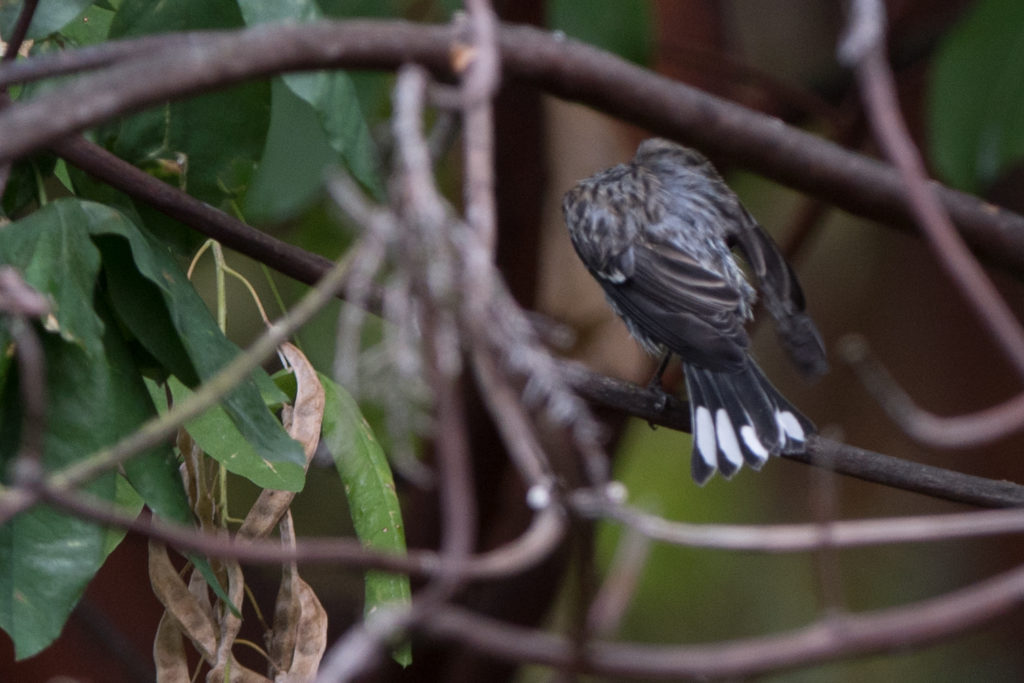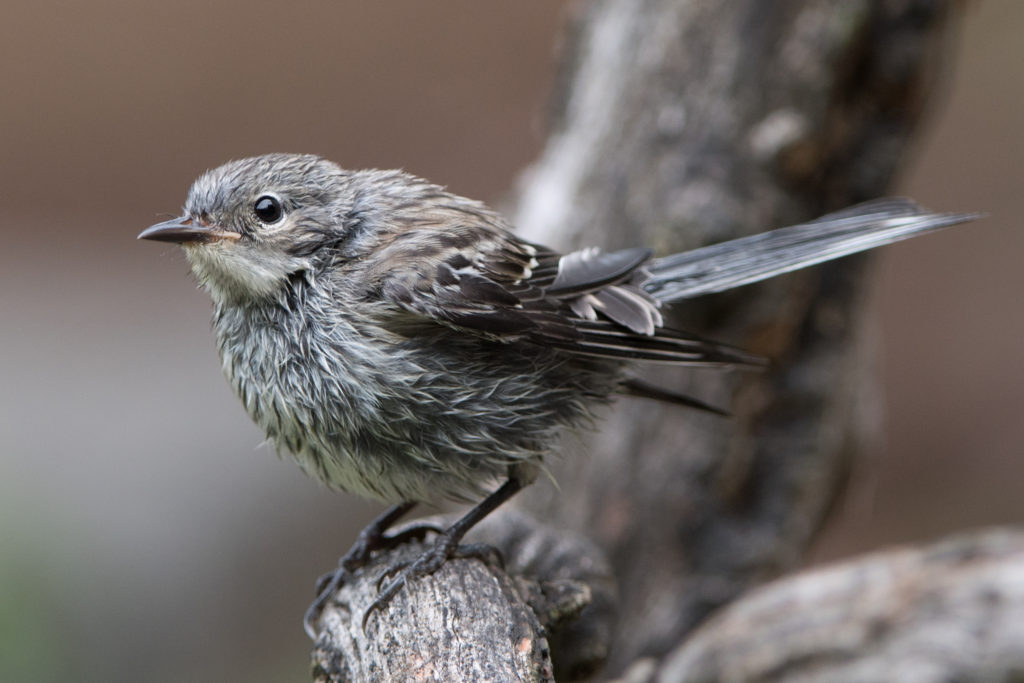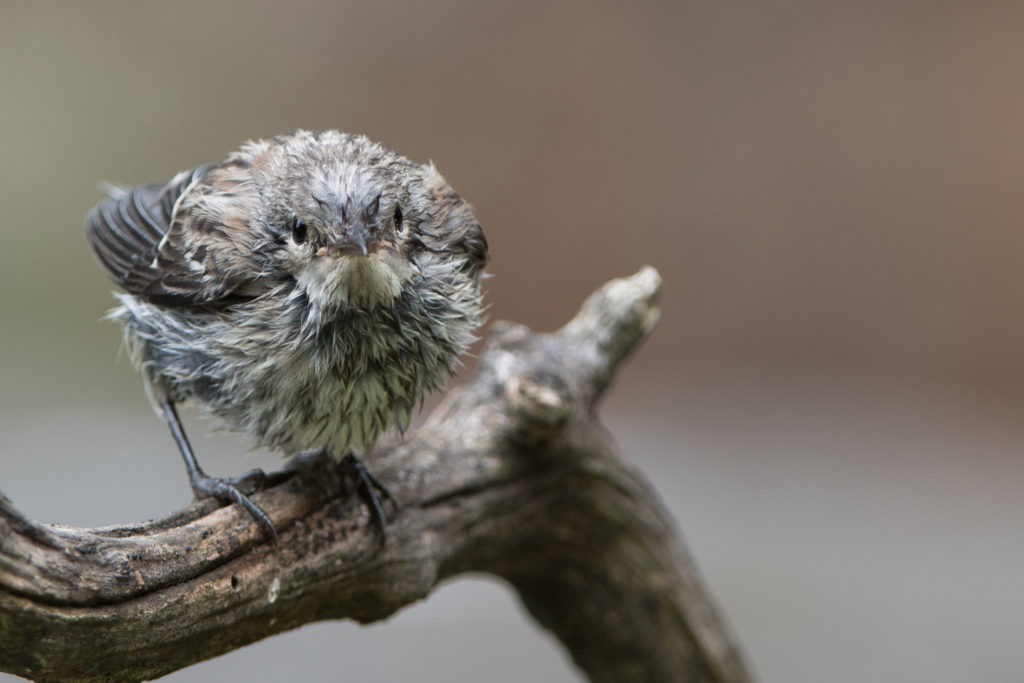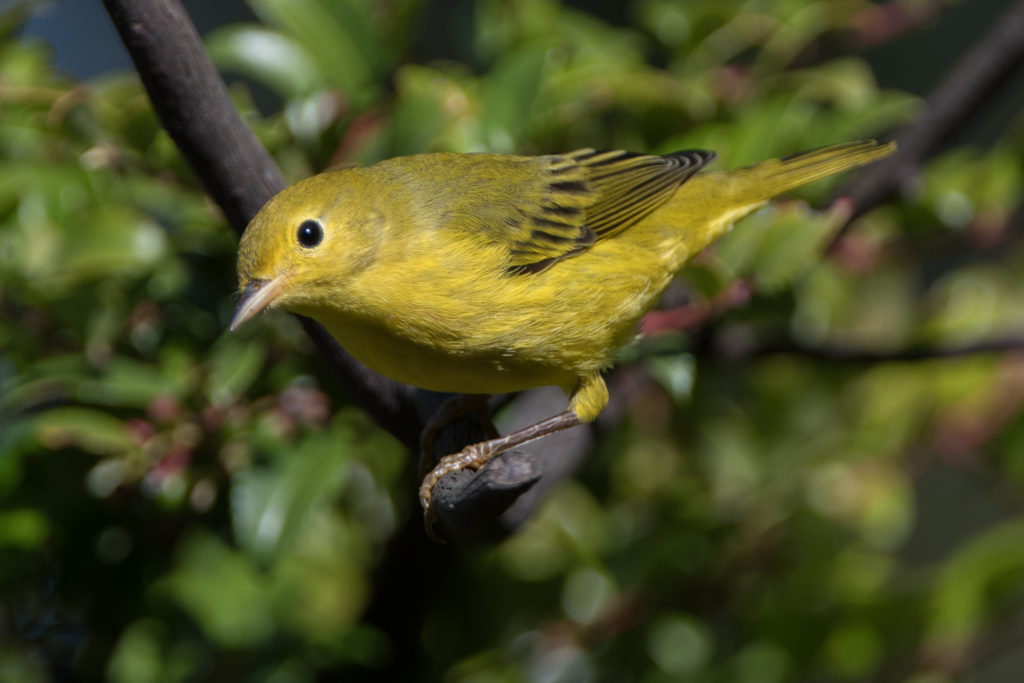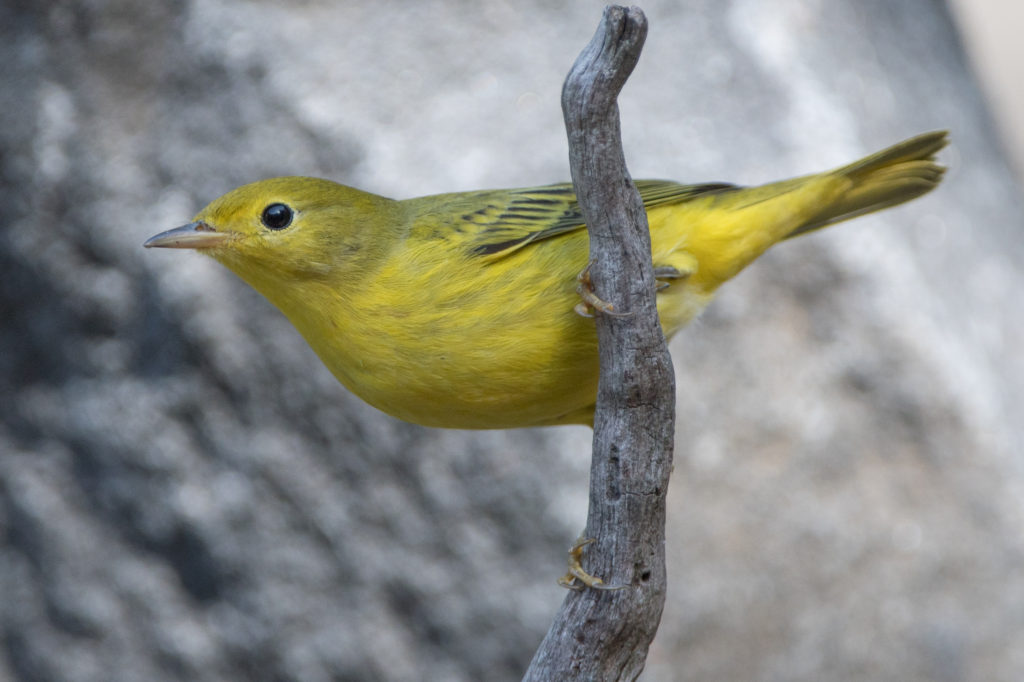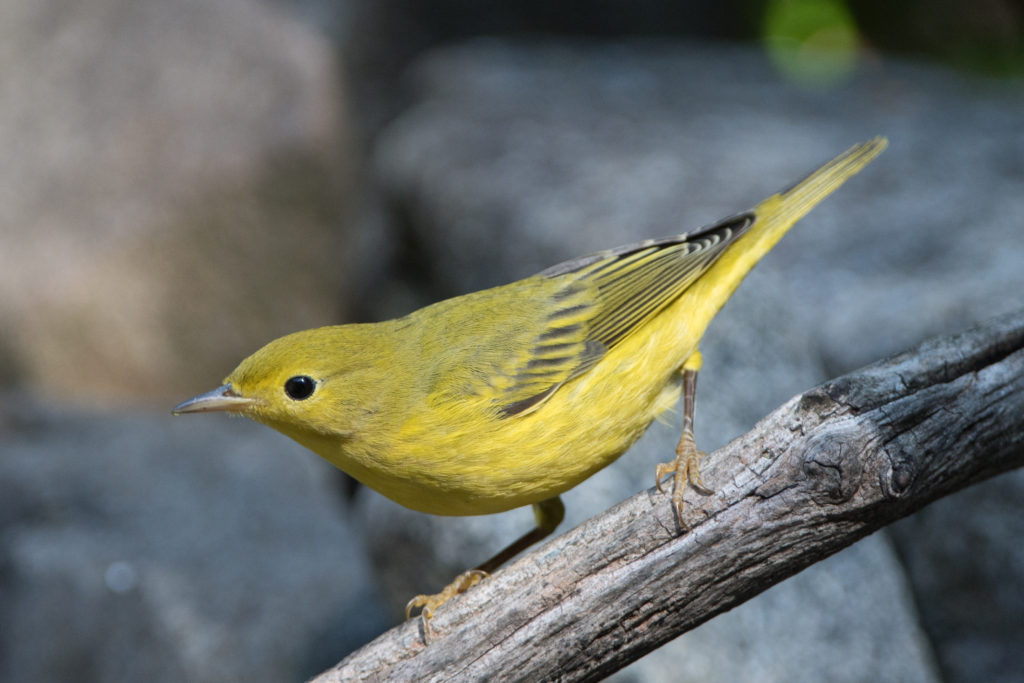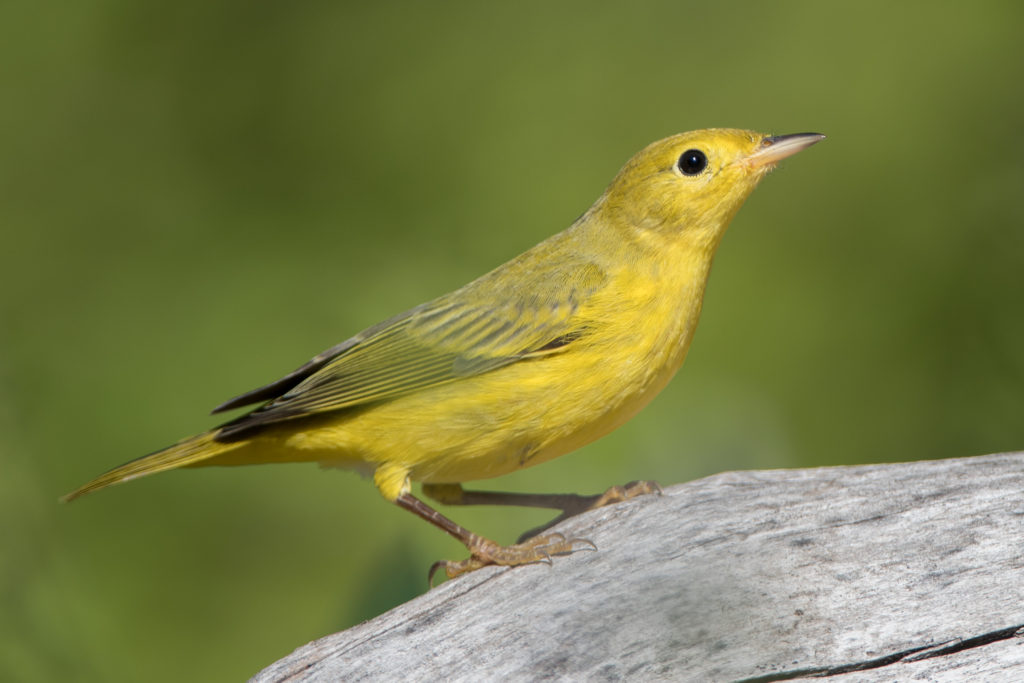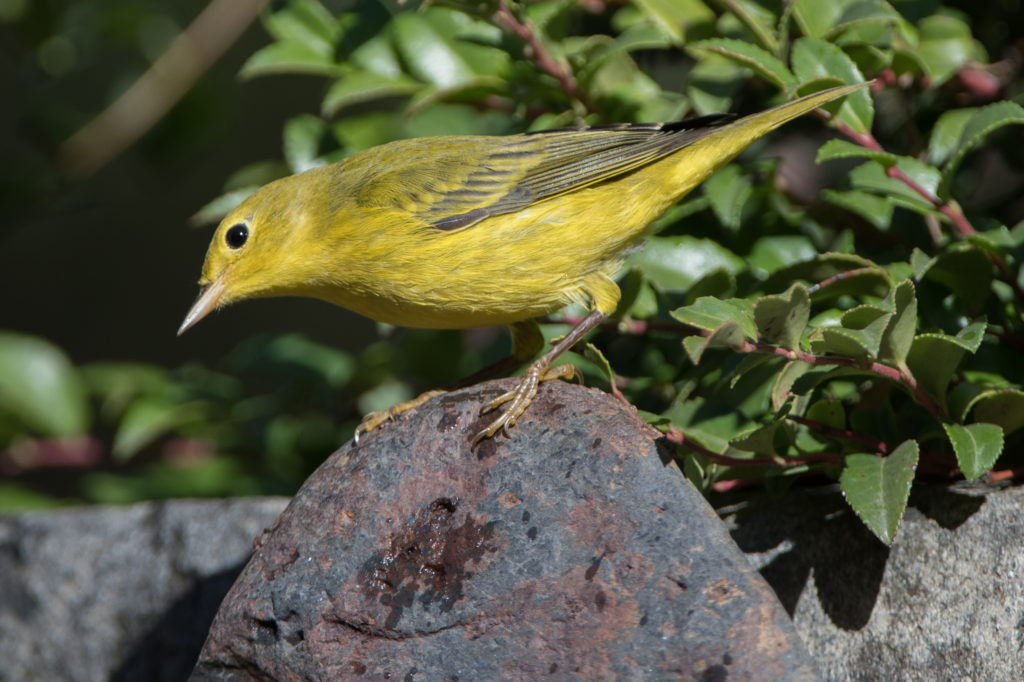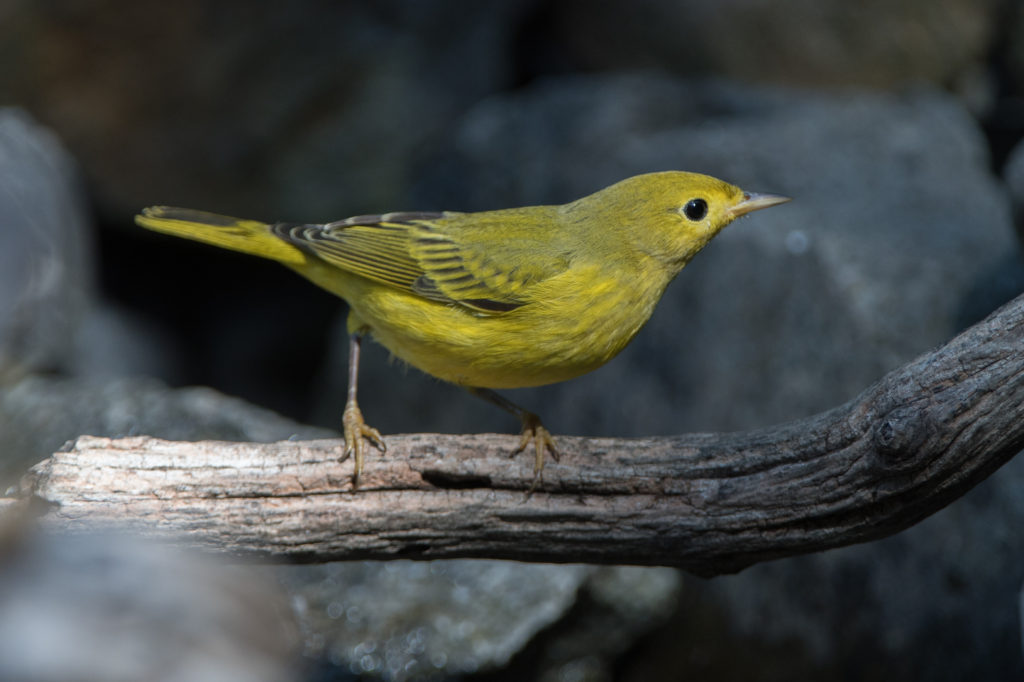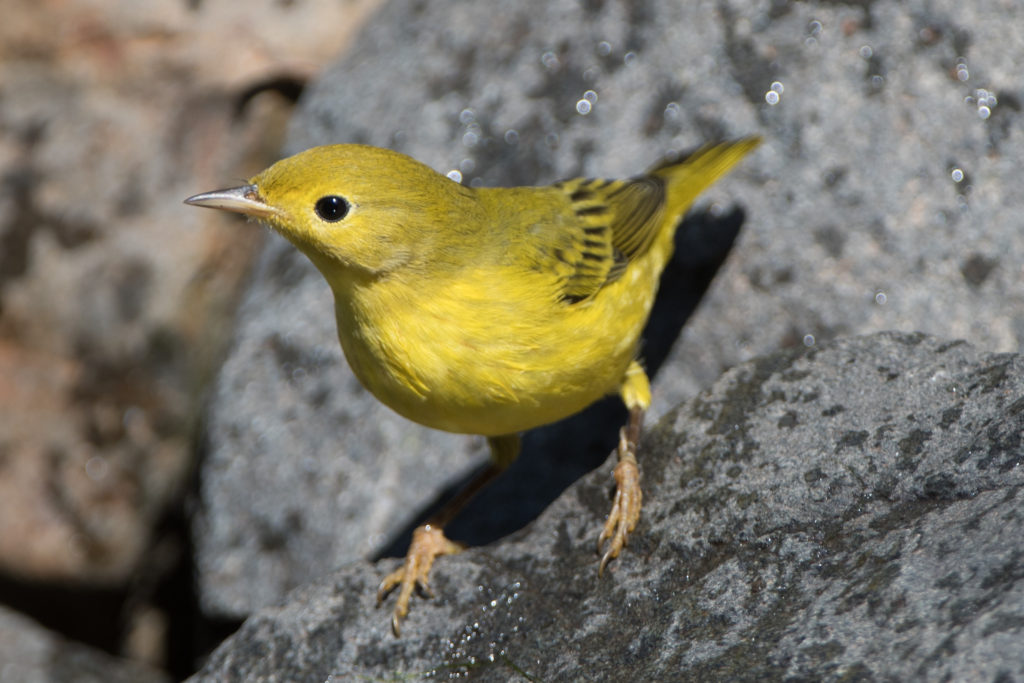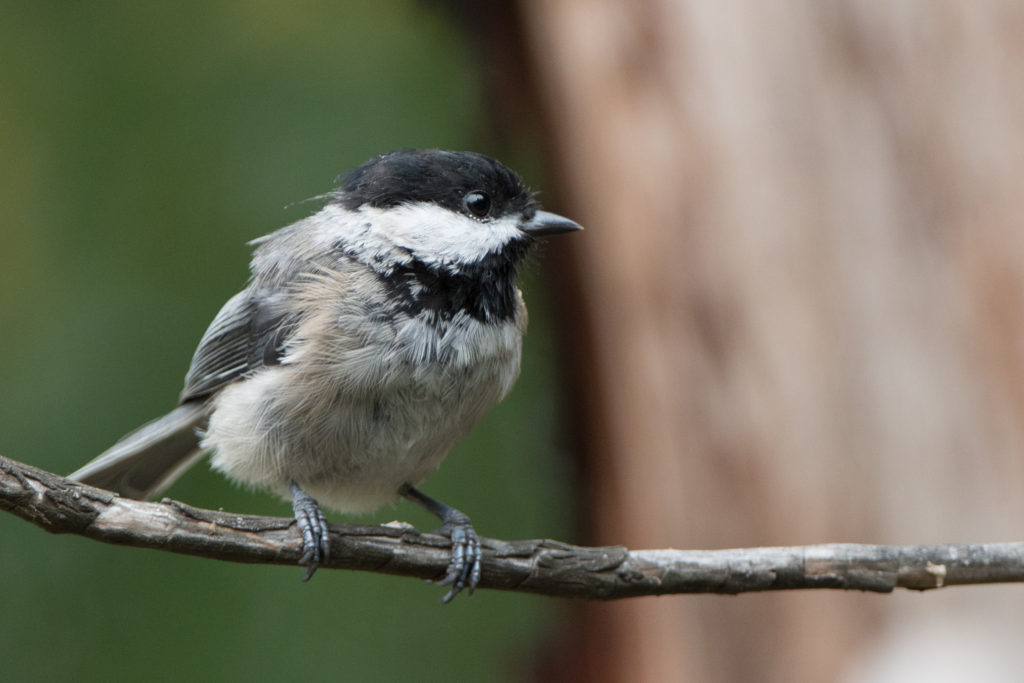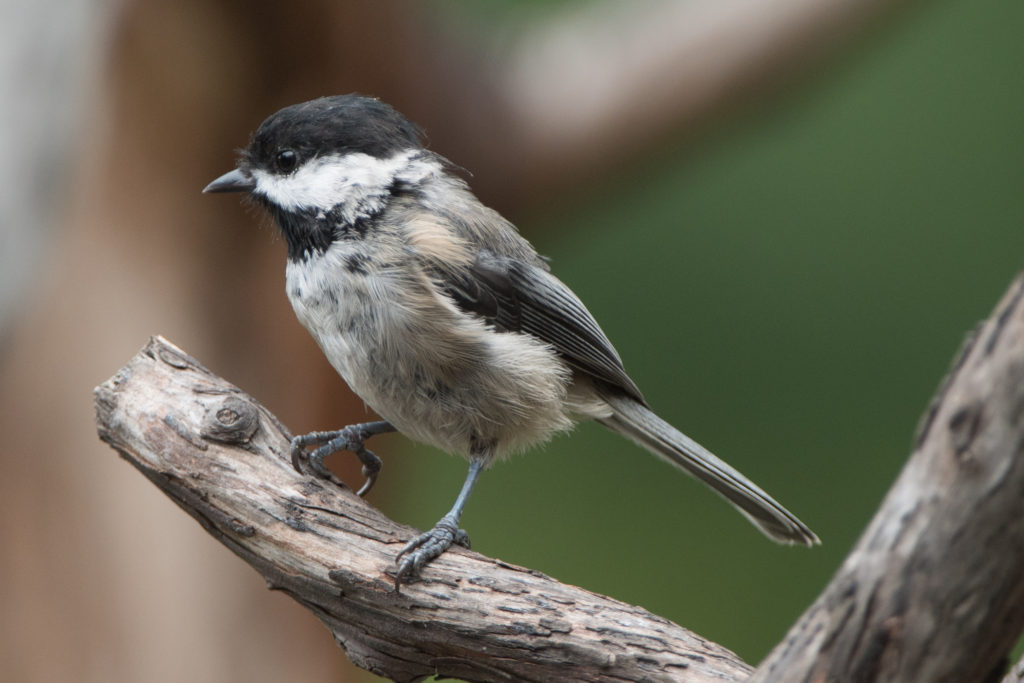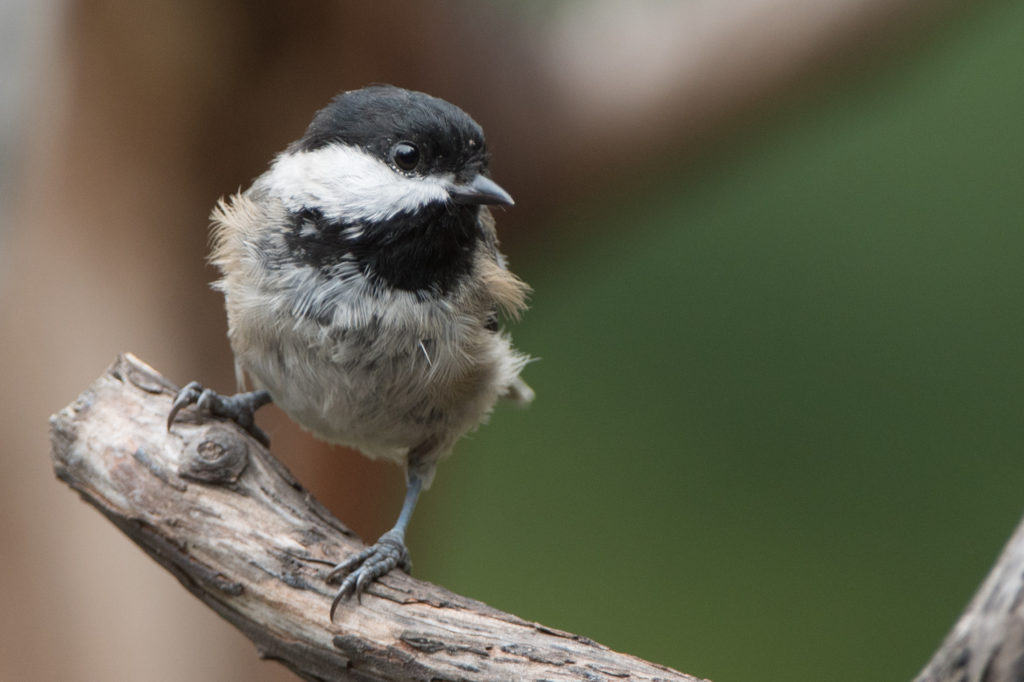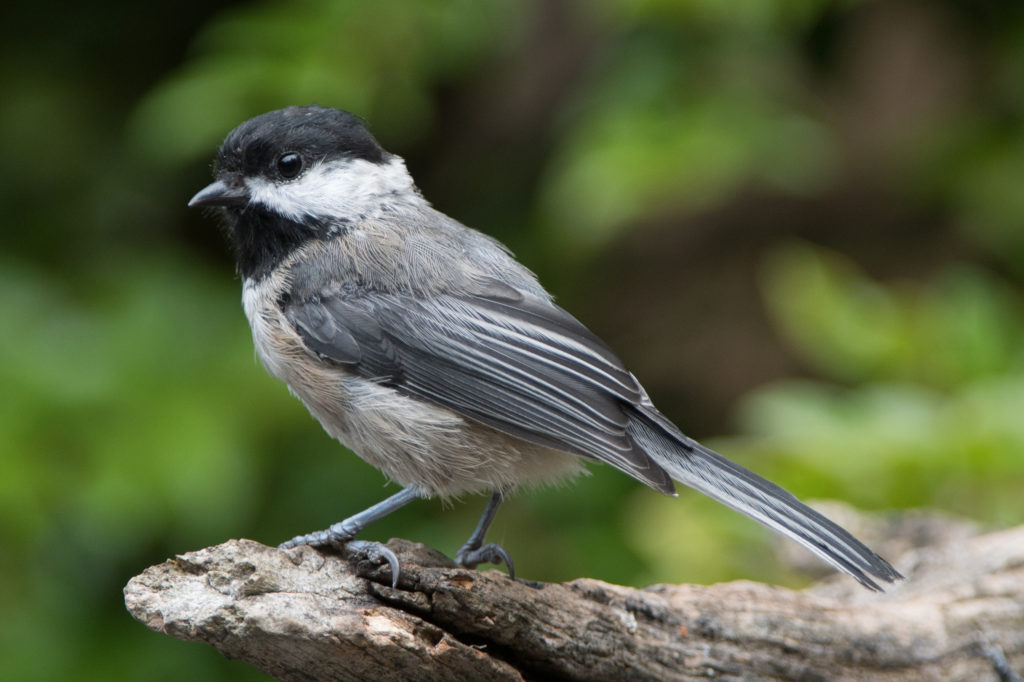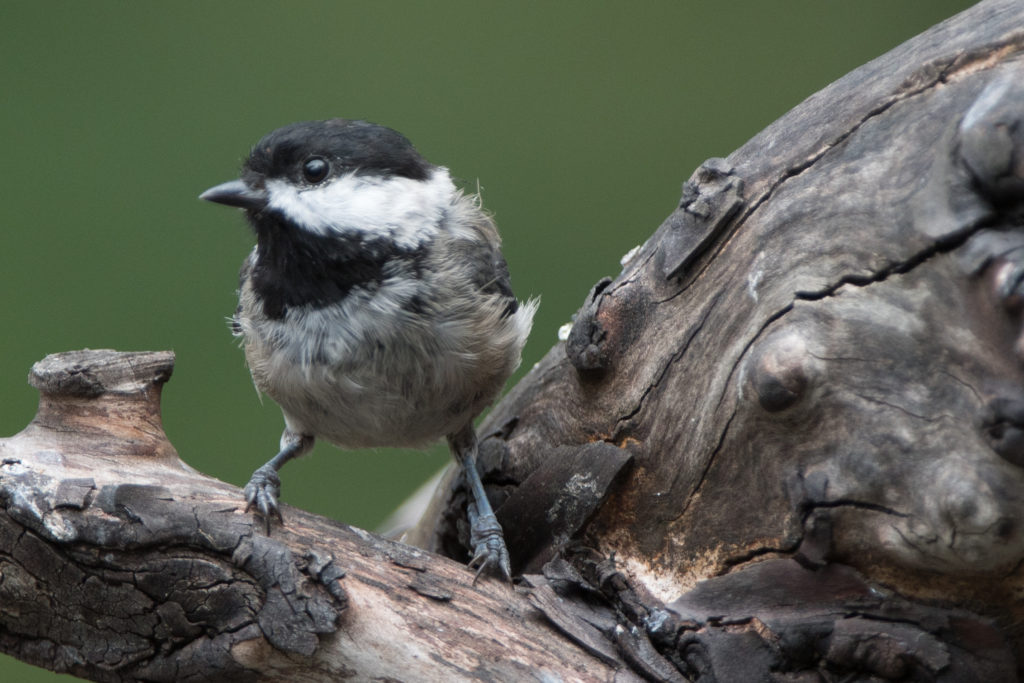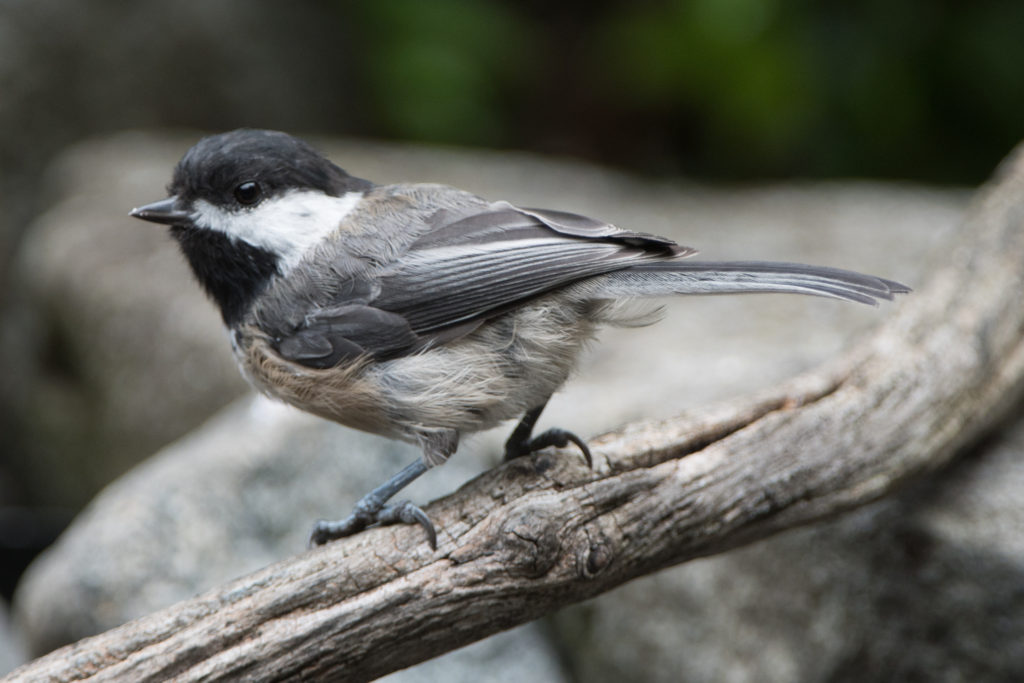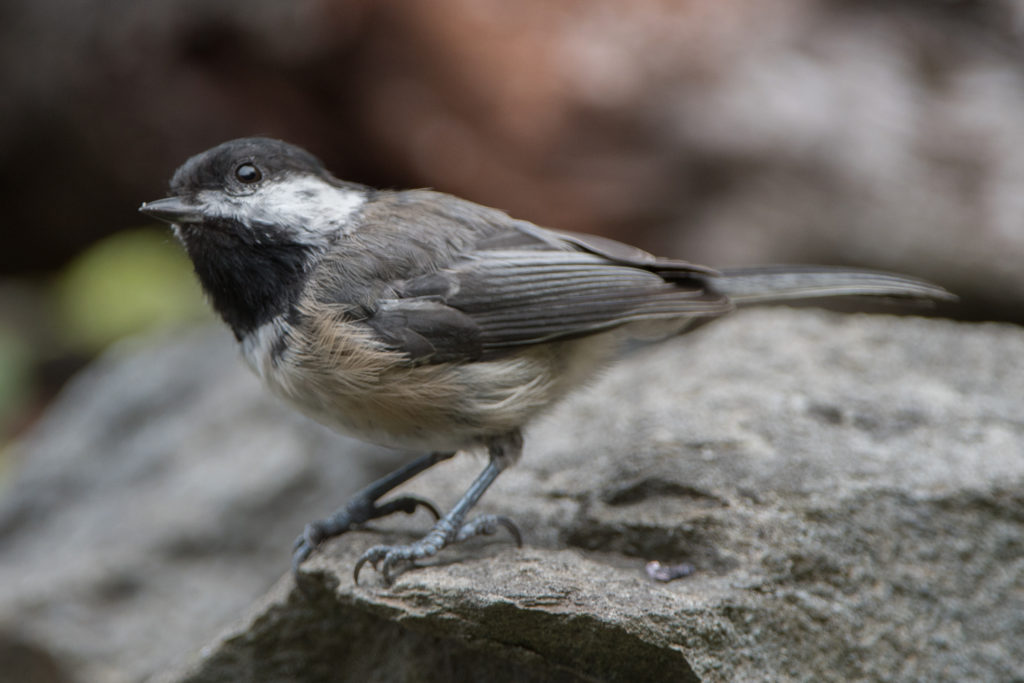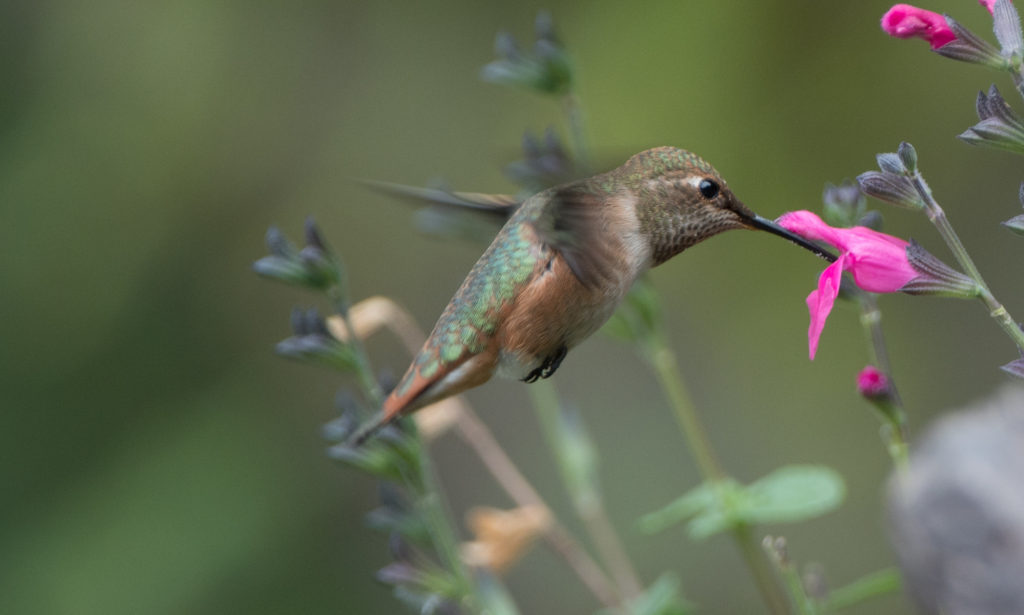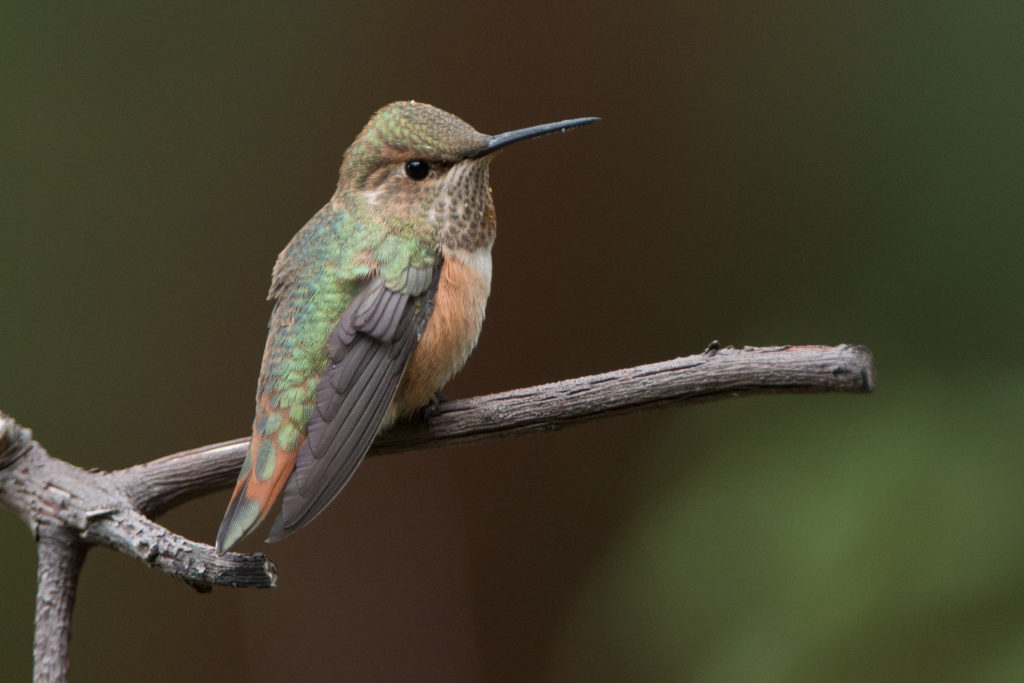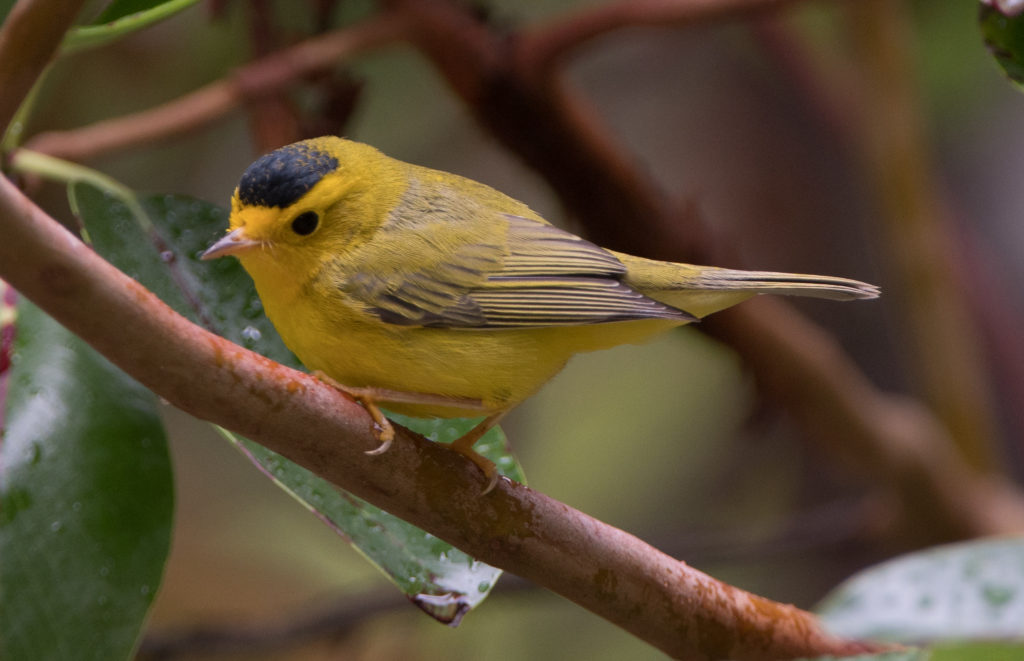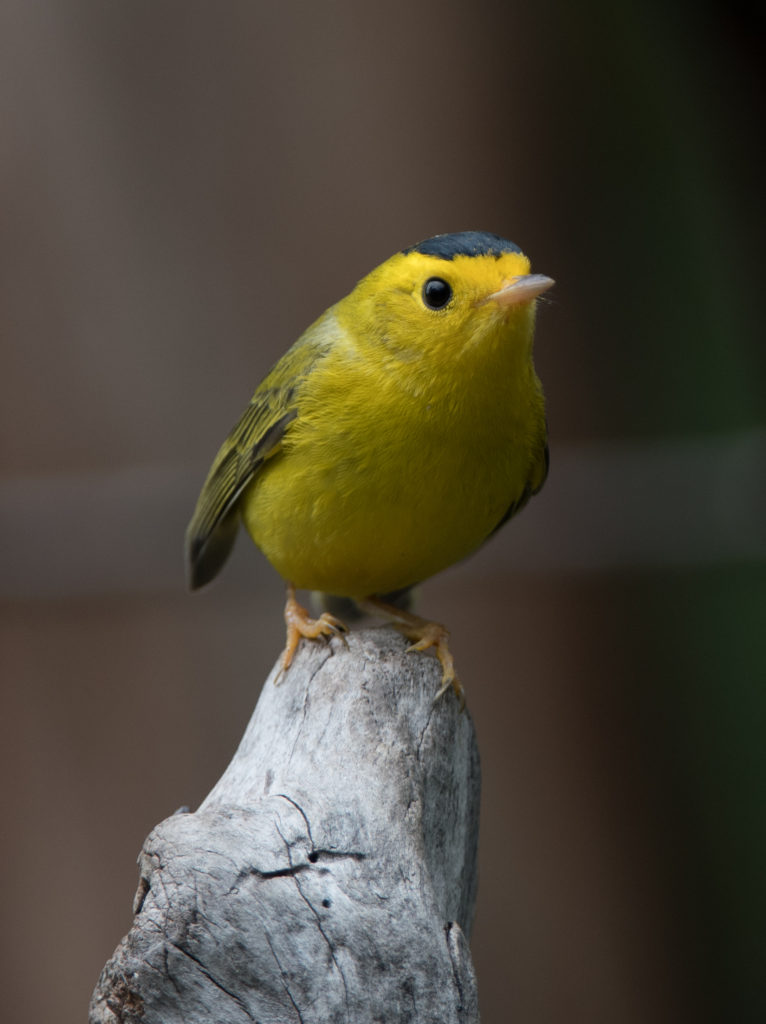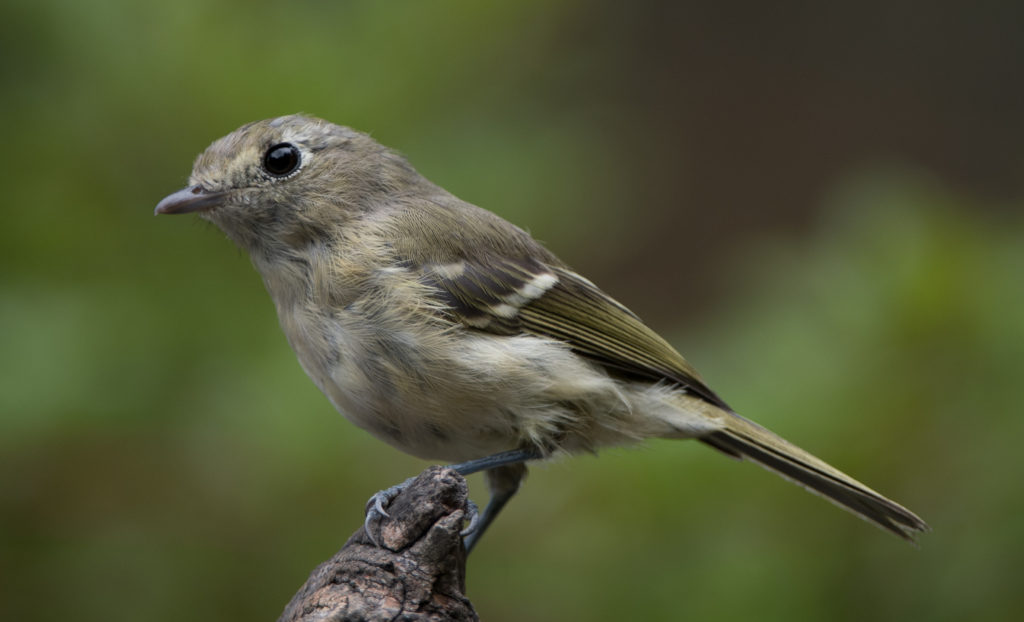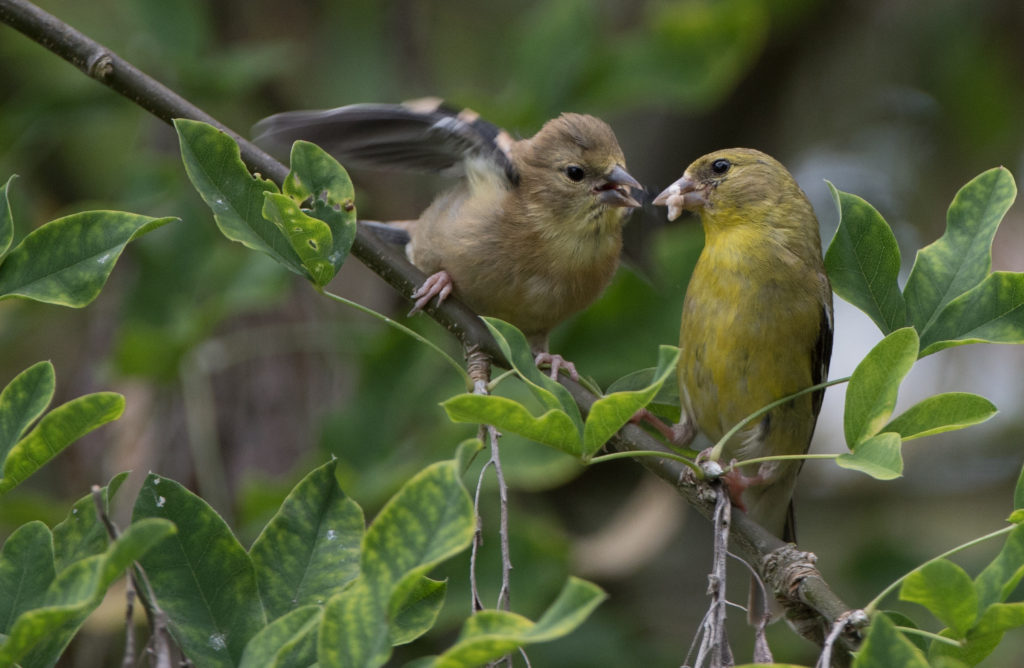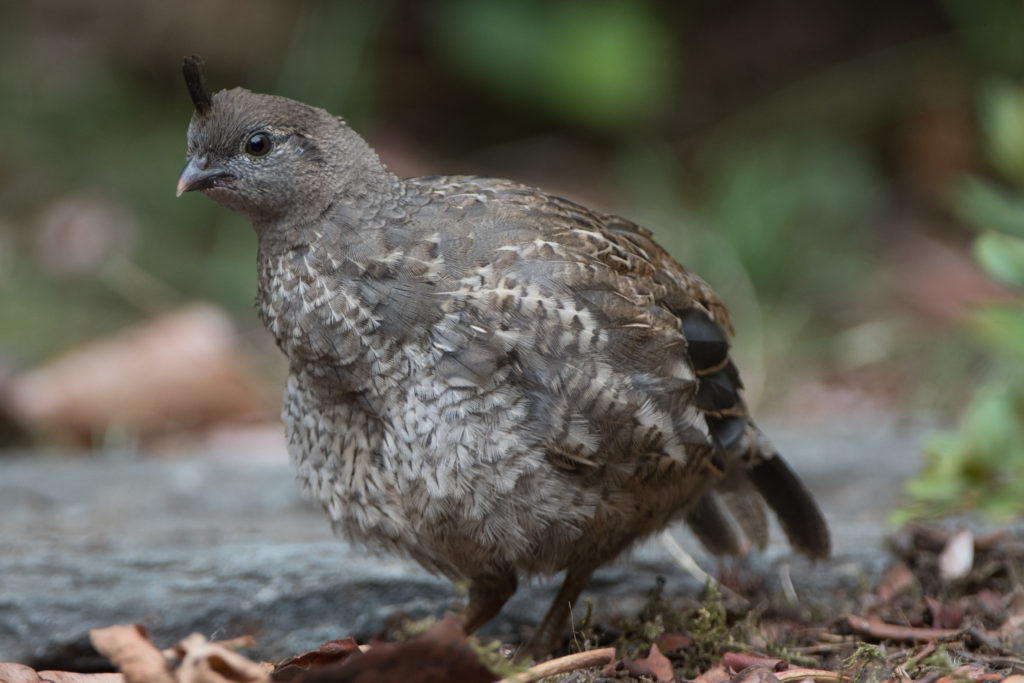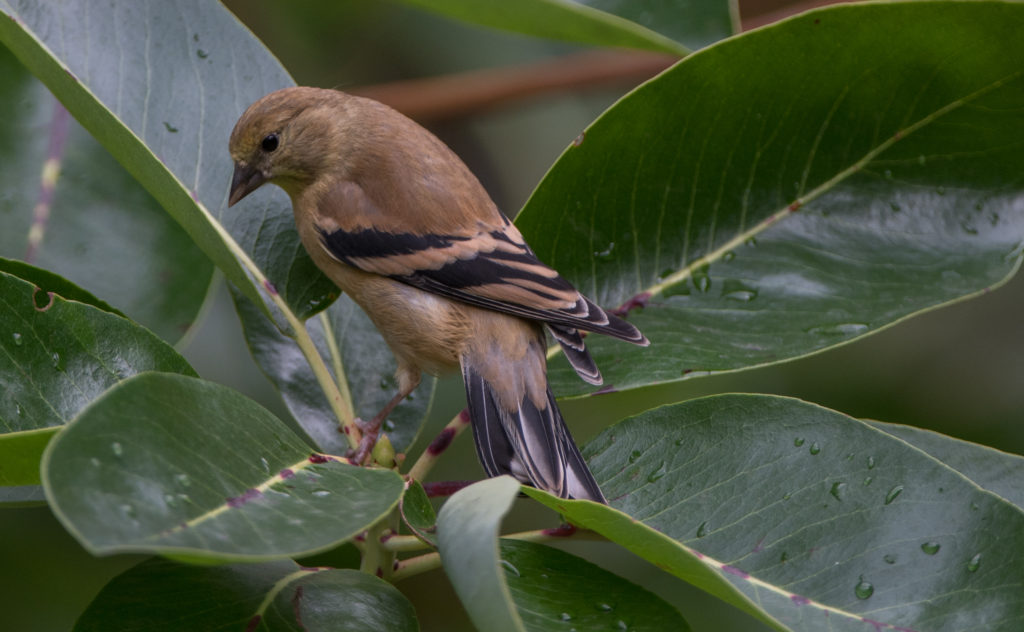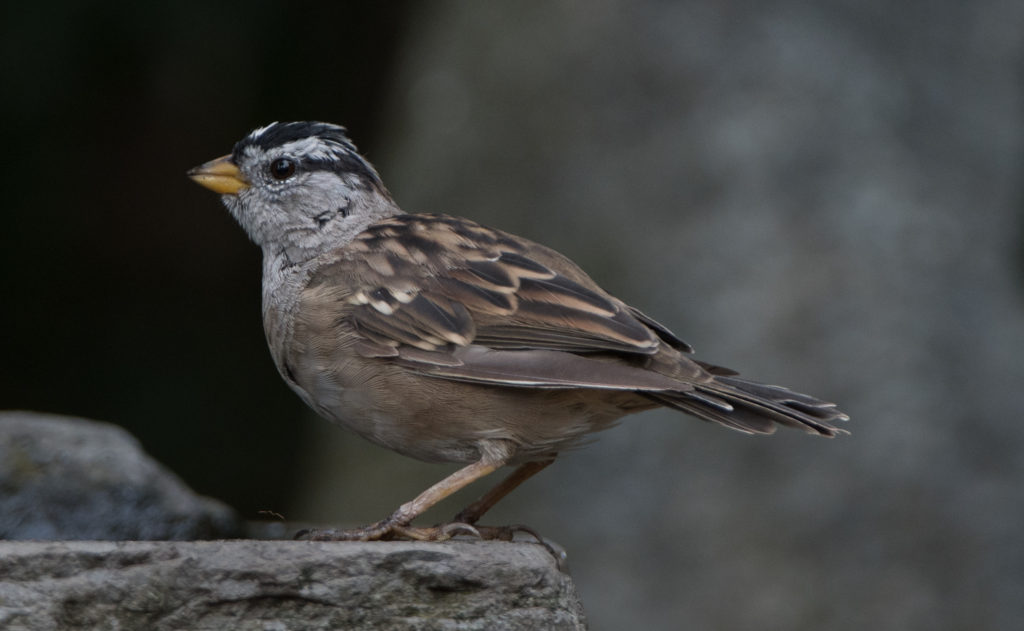We returned from a National Geographic/Lindblad cruise Sunday evening, September 1, 2019. More about that in future posts.
It didn’t take long for me to get back into yard birding. I had just returned from my morning walk when I looked out the window and saw activity by some large creature in our brush pile. My binoculars and camera were still packed, but I retrieved them quickly and returned to the window in time to see an accipiter emerge from the brush pile. I successfully sneaked out of the house and watched the accipiter making repeated trips into and out of the brush pile. I was finally able to obtain a relatively unobstructed view of the bird’s head and took a couple of photos, one of which appears below.
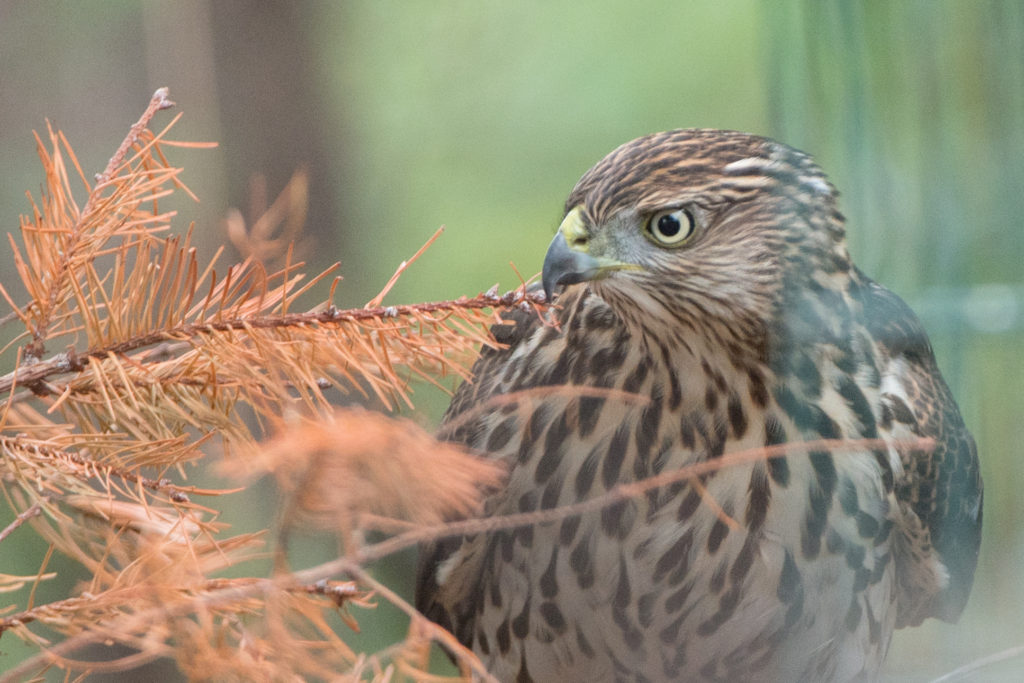
In mid-afternoon the accipiter returned to the yard and was again trying to flush birds from the brush pile. A California quail flew over the house, followed by two others which flew across the street. The final quail I saw fly headed across the street followed by the accipiter… I couldn’t see the outcome.
The brush pile is a cage made out of livestock welded wire with 4″ square openings. I would be rather surprised if the accipiter could penetrate it, especially with all the branches jammed into the “cage”. I suspect that the accipiter wasn’t so much interested in getting into the brush pile as flushing prey from it .

